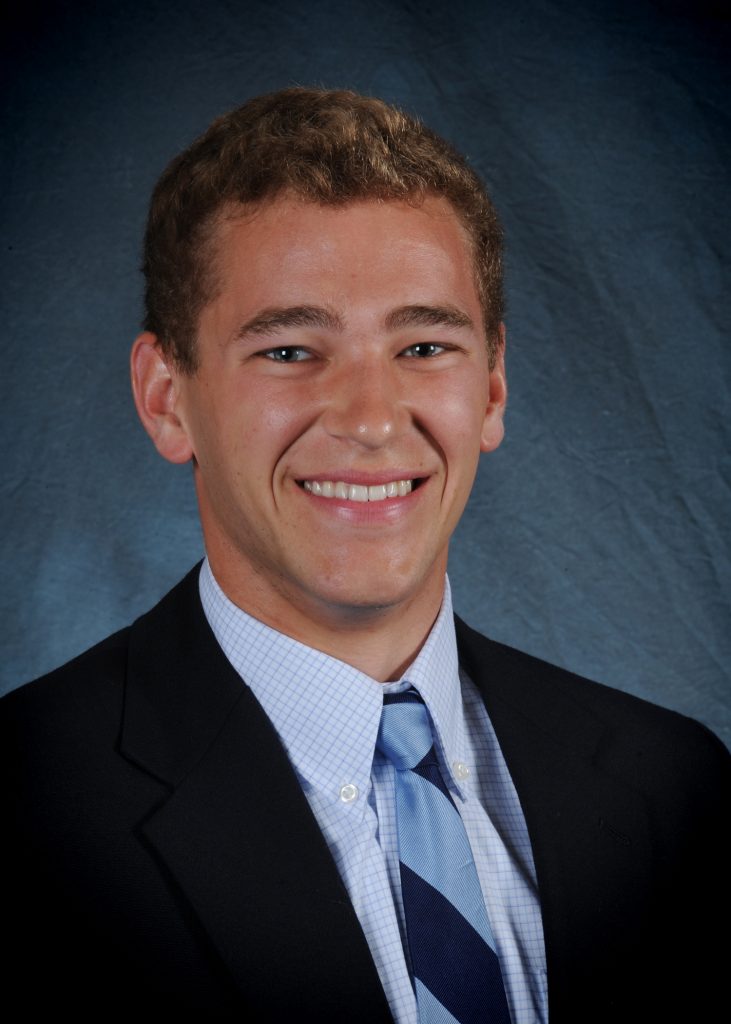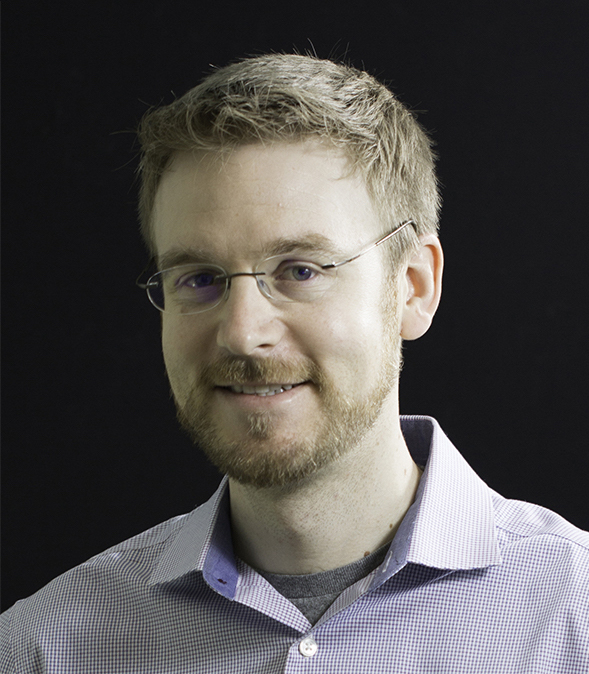
Physicist Daphne Klotsa, an assistant professor and the first faculty member hired for the new UNC department of applied physical sciences, is getting along swimmingly.
And so is her research. Her article in the journal Physical Review Letters describes experiments that demonstrate how fluid dynamics influence swimming.
The mechanics of swimming may seem obvious. Think about how Olympic swimmers propel their arms and legs, fish undulate their bodies or bacteria spin their flagella. But what is the simplest method of swimming, and how do things transition from being in a stationary position to actively swimming? That information has the potential to transform the design of microscopic and macroscopic robots in medicine and engineering.
Klotsa and colleagues broke down the mechanics of swimming to its simplest form by using robots made of two spheres to show that swimming can only occur once a critical change in fluid flow has taken place. Their report can help scientists understand the fundamental nature of motion.
“This finding can facilitate advances in robotics and potential applications of robotic swimmers for drug delivery in the body or exploration of the deep seas,” Klotsa explained. She conducted the research with colleagues at the University of Nottingham while she was based at Cambridge University and then finished the work at UNC.
She said she is delighted to join the faculty of the applied physical sciences department in the College of Arts and Sciences.
“It’s the perfect recipe: picking extraordinary scientists, people with a similar vision for interdisciplinary work and translation of science into real-world solutions, and putting them together to make a new department,” she said. She is reaching out to fellow UNC scientists in applied mathematics, biology and the Cystic Fibrosis Center, and hopes to establish collaborations across campus and beyond.
Her work centers on active matter physics. Active matter is defined as an active “agent” that uses energy to move or exert force. For example, schools of fish or flocks of birds are considered active matter as are bacteria, robots or self-propelled particles.
What happens when a single bird suddenly becomes a swirling flock of birds? Why do they assemble in a particular shape? How do ants form bridges when their colony is flooded? Such examples of active self-assembly in the natural world hold potential clues for designing robots that could repair buildings constructed in water or under bridges.

In addition, she studies the issue of “packing” of geometric shapes. How do some objects assemble as densely as they do and in a particular arrangement? What is the connection between the two processes? In her office are brightly colored stick models of various shapes.
“I use the models for demonstrations and to make 3-D figures that are easier to visualize,” she said. She crafts Playdough models for those shapes that won’t work with flexible sticks.
Klotsa’s physics training is extensive and distinguished. In England, she earned her master’s from the University of Warwick, her doctorate from the University of Nottingham and completed a postdoctoral fellowship at the University of Bath.
In 2012, she was awarded a prestigious three-year postdoctoral fellowship called the Marie-Curie International Outgoing Fellowship for Career Development, a highly competitive award given by the European Union to fund the winner’s research activities for two years outside the EU and one year within it.
“The fellowship was very defining for my career,” she said. “You choose the professors and the universities as well as the projects on which you work. It gave me the chance to attend seminars and conferences and to pursue research questions of my own.” She spent her fellowship years at the University of Michigan, Harvard University and Cambridge University in England.
Then and now, an important focus for her is encouraging girls and young women to consider careers in science.
“It was helpful for me during my fellowship to have a woman as my adviser and a role model,” she explained. “It’s important to have women in leadership roles.”
For Klotsa, “physics is a magical world, a beautiful place to be discovering things.”
When she’s not in her new lab conducting research or teaching, Klotsa, a native of Athens, Greece, practices yoga, enjoys movies and is a dedicated runner who plans to participate in area races.
Read a University Gazette feature about the department of applied physical sciences that also mention’s Klotsa’s work.
Story by Dianne Shaw



